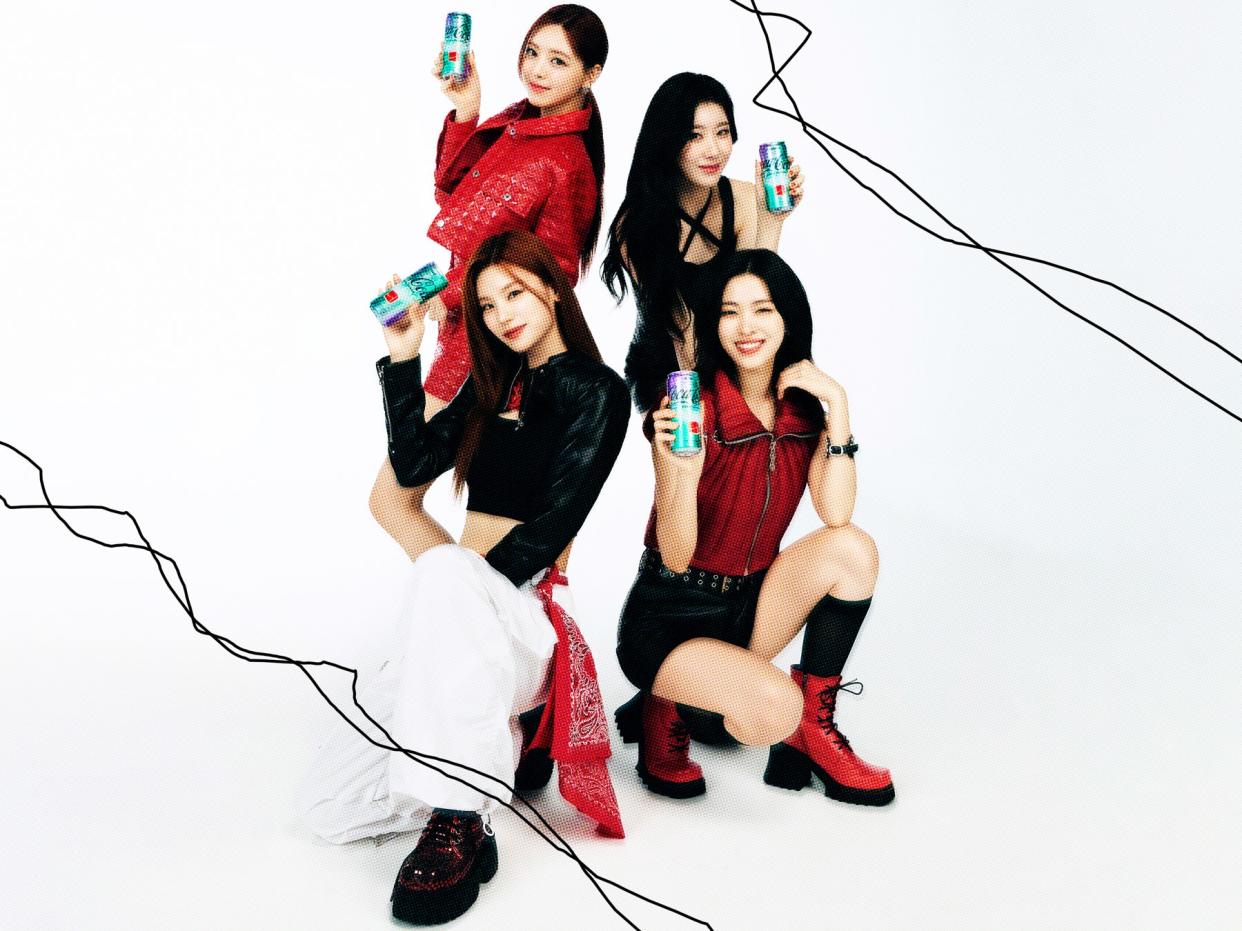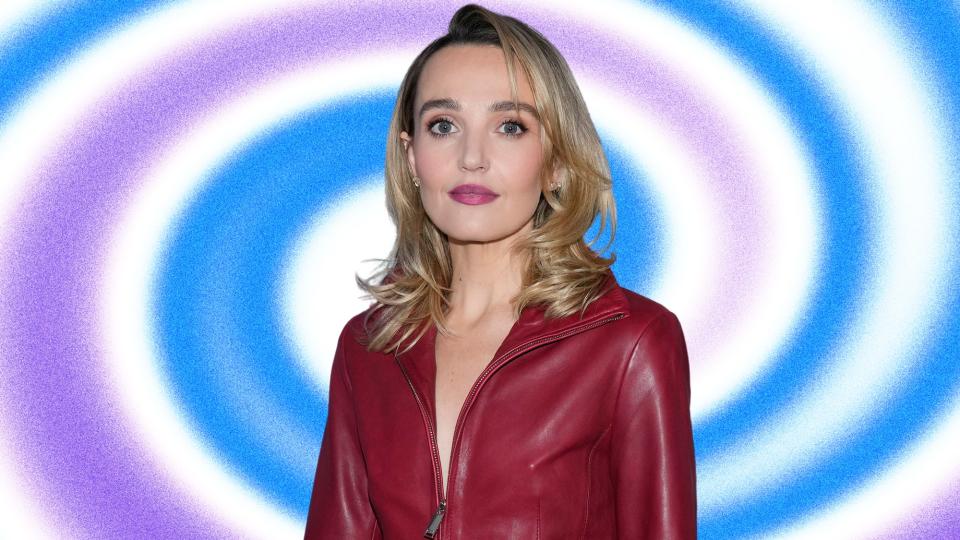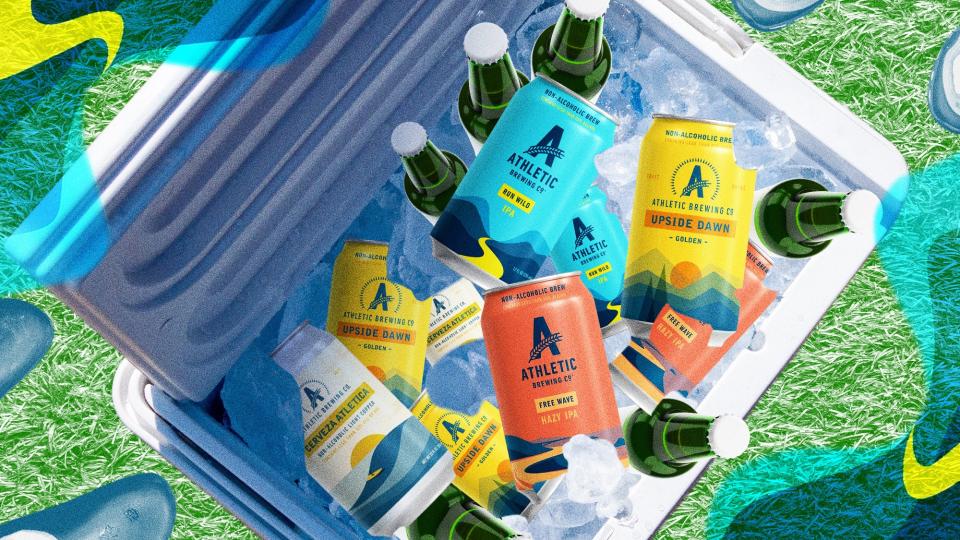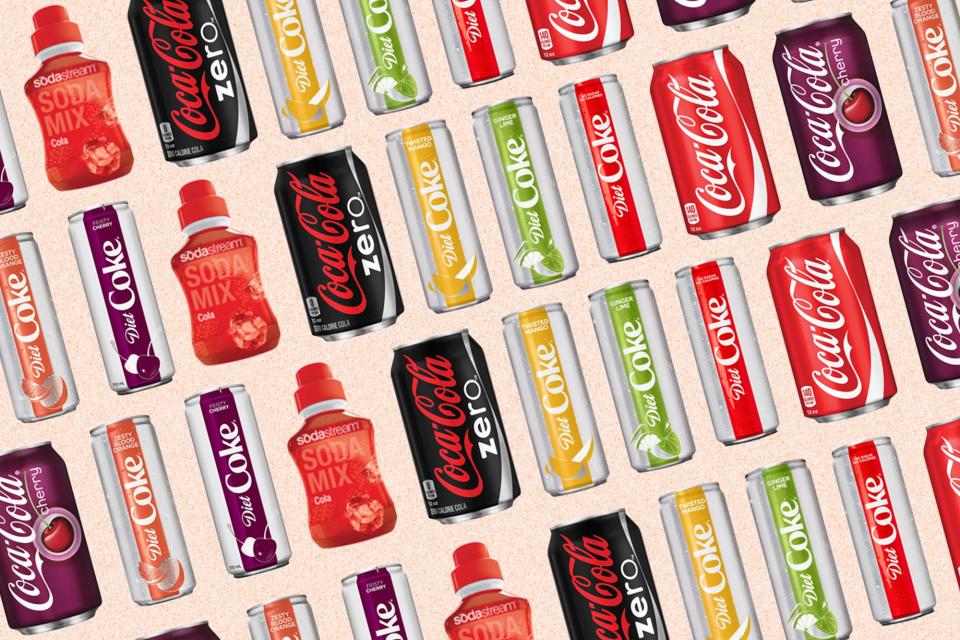The Junket of a Lifetime

This is an edition of the newsletter Pulling Weeds With Chris Black, in which the columnist weighs in on hot topics in culture. Sign up here to get it in your inbox every Thursday.
It took 16 hours to arrive at Incheon Airport in South Korea from JFK. I watched every available episode of Love Is Blind, read 100 pages of The Rachel Incident, and watched the entire season of The Vince Staples Show (it was okay). I had never been to Asia, so I arrived excited as well as exhausted and hungry. I politely passed on the beef ramen in Korean Air’s Prestige class. Thank god for GoMacro bars.
I was in Seoul as a guest of Coca‑Cola®—yes, the 137-year-old Atlanta-based carbonated soft drink manufacturer. A month ago, someone from the brand’s agency in London emailed me about coming here to witness the release of a new flavor, inspired by the “energy of K-pop fans,” in the company’s “Creations” portfolio. K-Wave is a sugar-free beverage that it describes as a “fruity fantasy inspired by your infinite devotion to the music that lifts you onto a higher level.” (K-pop music has never appealed to me. Its devout and hysterical fandom is what I find most compelling about it.)
At the airport, I was greeted by a friendly group of people who were all wearing pretty cool custom K-Wave puffer jackets. I was handed a credential and followed them to a Sprinter for the hour-and-a-half journey into Seoul, accompanied by a few other journalists and a 21-year-old British TikToker from Madrid who vaped almost constantly (he was cool). Most of those folks went to explore the city after we arrived at the Fairmont Ambassador. I went to bed. The next day, we visited a K-pop store—basically a record shop with a lot more face-driven merchandise—and a K-pop idol café, a small basement-level coffee shop dedicated, in this case, to J-Hope from BTS. Every surface in the place was plastered with his face. Fans congregate here just to feel close to him. (And you thought Taylor Swift fans were dedicated for watching the Super Bowl.)
After some delicious vegetarian bibimbap (extra crispy on the bottom), it was time for the big reveal. The hotel's lower floor had been turned into a K-Wave launch area that included a showcase of the other Creations, including a collaboration with Marshmello and a salty flavor inspired by happy tears. Coca-Cola launched the program to (of course) court a younger and more globally diverse demographic, infusing hints of coconut, strawberry, watermelon, and other novel flavors into its products. The conference room was rammed with hundreds of journalists from Asia. I put in my earpiece to hear the real-time translation, and was treated to a staggering amount of buzzwords and marketing terms. ITZY, a four-piece K-pop group, eventually took the stage for a choreography-filled two-song set. This was followed by a dance contest featuring audience members chosen at random.
Luckily, a ringer—a hot French TikTok dancer from my group—was selected. He took the stage in his giant pants and ear cuffs and nailed it. The event culminated in the premiere of a music video featuring heavy hitters from the JYP Entertainment universe (J.Y. Park, Stray Kids, ITZY, and NMIXX) drinking K-Wave. The song is called “Like Magic”; I am happy to say it is pretty catchy.
Erewhon or pizza? It depends on which coast you find this actress.
Nonalcoholic beers used to be a lowly punch line—until Athletic Brewing Company came along and transformed the whole industry. Here’s the story of how, in just a few short years, its cofounders built a modern $60 million brand.
Soda
Caity Weaver taste tests the newest flavors in the pantheon of diet cola.
I needed a second to process what I had just seen. This was an impressive production. Coca-Cola had flown in a global menagerie of influencers, including Polish TikTok guys who filmed everything; a pop star from Oslo; a French journalist who is also a K-pop superfan; and a 20-year-old German woman with a Maybelline deal. My jet lag made the experience all the more surreal. I’m a brand consultant who knows a few things about marketing, and yet I could only wonder: Does this work? What are you getting for the money it must have cost not only to put this on, but to fly social media stars and their Elf Bars halfway around the world to witness it? And I had other, deeper questions: What does it say about American soft power that the cultural corollary to one of the greatest US companies in history—its dominance of the soft-drink market undiminished, its name reputedly the second most recognized word in the world after OK—is K-pop?
If nothing else, this trip confirmed for me that even in our cynical and oversaturated world, marketing works if you get it right and speak in an authentic voice to your target market. Coca-Cola knows that—has known it for longer than maybe any other mass brand. The other Creations sold out instantly online. People bought them, no taste test needed.
My last night in Seoul, a hotel employee knocked on my door and handed me a small Coca-Cola shopping bag. It contained a single can of the new flavor, with my name engraved in English and Korean on the front. Packing the next day, I hid it in one of my Lemaire boots, hoping to bring it back for Jason, my How Long Gone cohost and a big foodie, to try. Unfortunately, security found it and threw it away. I boarded the mercifully shorter flight back to New York City, and started season one, episode one of Formula 1: Drive to Survive. Fourteen hours and one GoMacro bar later, I returned to my SoHo apartment without having taken so much as a sip of Coca-Cola the entire trip. I didn’t need to try the new flavor to understand that it works as intended. That is good marketing.
Originally Appeared on GQ





